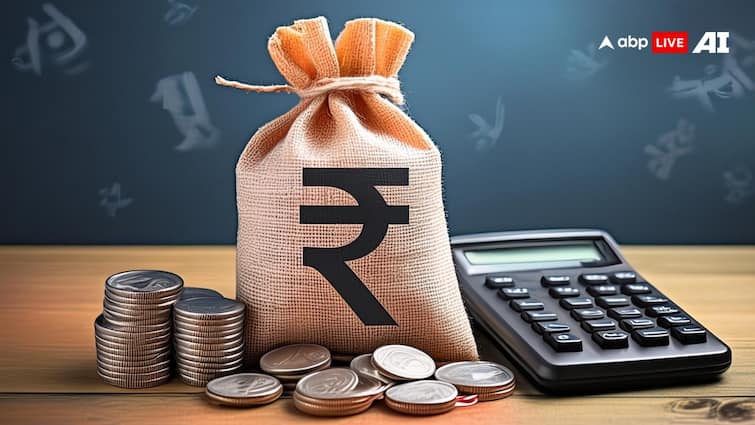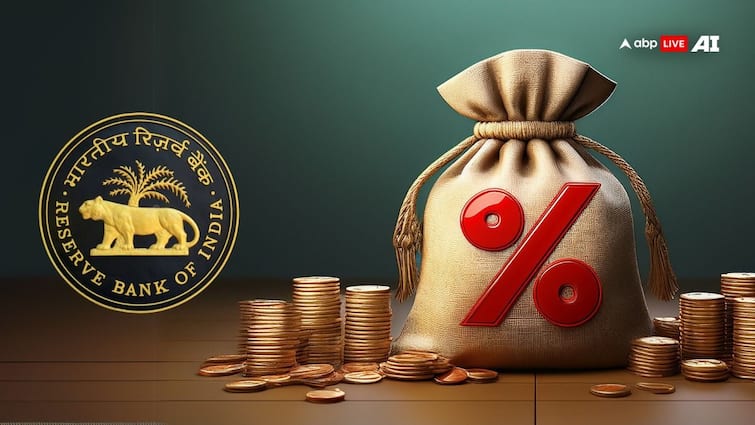Central government employees across India are eagerly awaiting updates on the 8th Pay Commission, with a simple question dominating discussions: how will the new salaries be calculated? Will the government adopt a completely new system or continue with the Pay Matrix framework used in the 7th Pay Commission?
Another critical factor under scrutiny is the fitment factor, which directly determines the extent of salary increases, reported Times Now.
Pay Matrix Likely to Continue, With Updated Fitment Factor
Citing government sources, the report suggested that the overall structure of salary calculation is unlikely to undergo major changes. Officials indicate that the Pay Matrix system introduced by the 7th Pay Commission is expected to remain in place, albeit with a revised fitment factor to boost salaries.
The current Pay Matrix has 18 levels, designed to simplify salary computation and ensure transparency. It replaced the older, more complicated pay band and grade pay system. The matrix is derived from the Dr Wallace Aykroyd formula, which calculates the minimum salary required to meet basic living needs, with all other salaries structured around this baseline.
Minimum Pay Could See Substantial Increase
At present, central government employees have a minimum basic pay of Rs 18,000 per month. Applying a proposed fitment factor of 1.92, the revised minimum basic pay would be:
Rs 18,000 × 1.92 = Rs 34,560 per month
This implies a rise of more than Rs 16,500 in basic pay alone. When allowances such as Dearness Allowance (DA) and House Rent Allowance (HRA) are added, the total remuneration will increase significantly.
For an employee with a current basic pay of Rs 60,000, such as a Group B gazetted officer, the projected hike under the 1.92 fitment factor could be substantial:
Current basic pay: Rs 60,000
New basic pay: Rs 60,000 × 1.92 = Rs 1,15,200
DA (55%): Rs 63,360
HRA (27% for metro city): Rs 31,104
Total salary: Rs 2,09,664
This calculation indicates that an employee earning around Rs 1.10 lakh per month could see their total salary more than double, crossing Rs 2.10 lakh, once the 8th Pay Commission recommendations are implemented.
Timeline for Implementation
The government has not yet officially constituted the 8th Pay Commission, though it is widely expected to come into effect from 1 January 2026. An official notification may be issued by the end of 2025, allowing employees to receive both revised salaries and arrears starting from January 2026.
However, nearly nine months into the process, there is still no official notification, no Terms of Reference (ToR), and no appointment of panel members. This delay has left employees and unions increasingly anxious.
Traditionally, a Pay Commission requires around two to three years from formation to final rollout. If this timeline holds, implementation could be pushed to 2028, even though revised salaries would be effective retrospectively from January 2026. Employees and pensioners would eventually receive arrears, but actual salary and pension increments may take several years to materialise.



